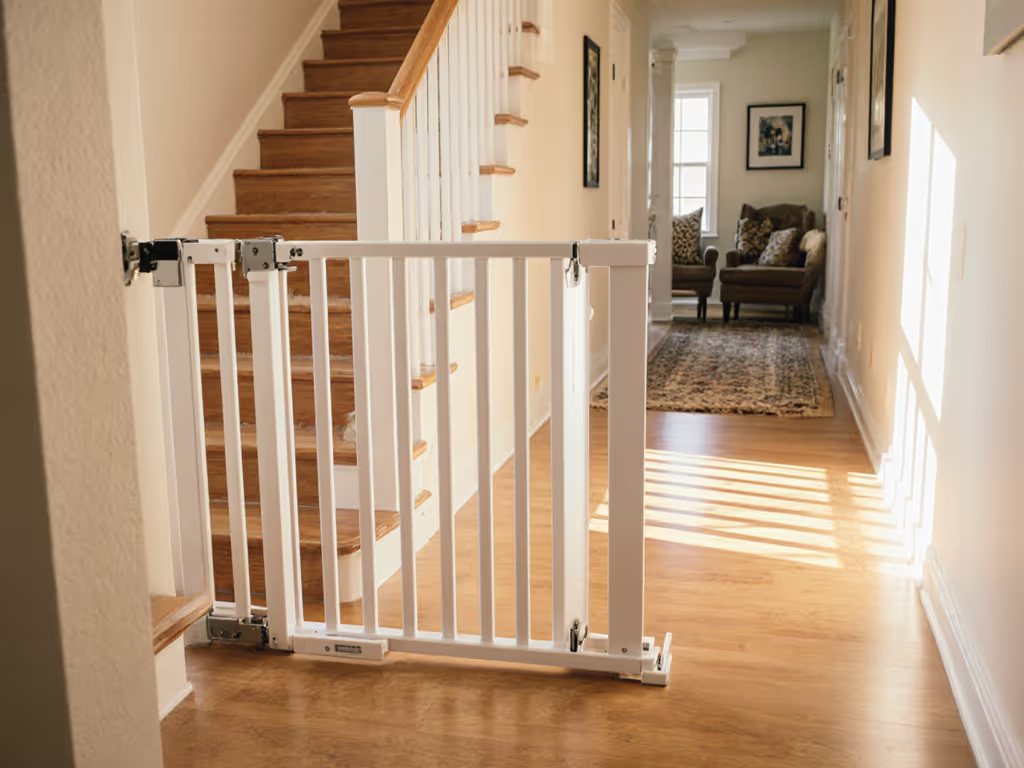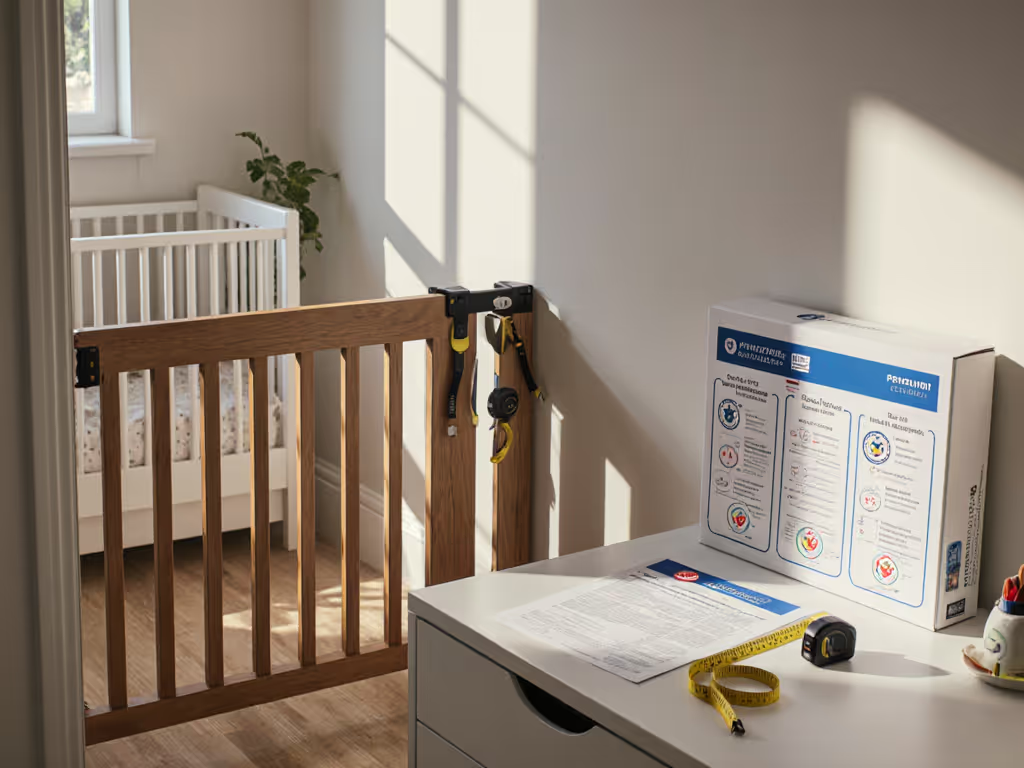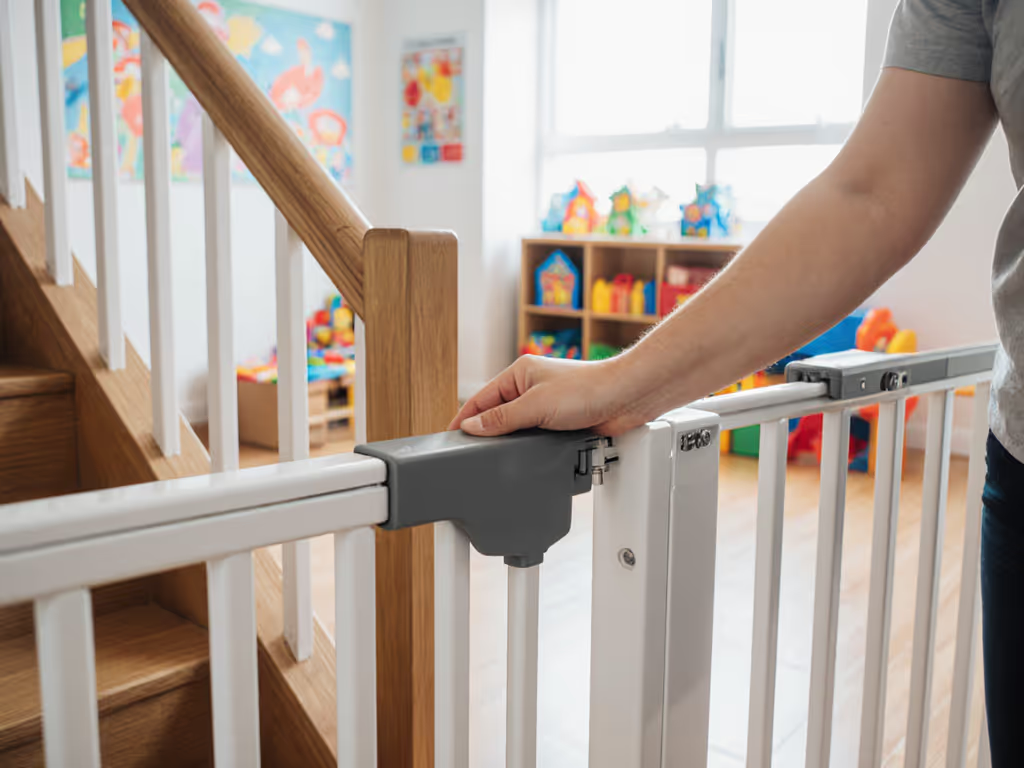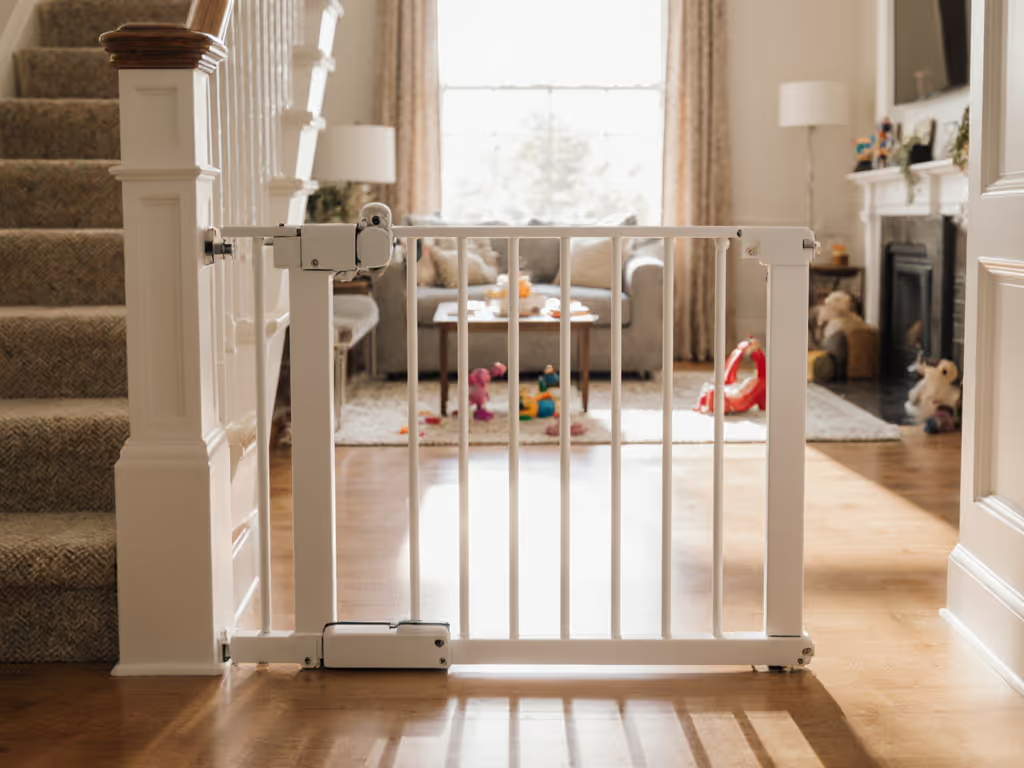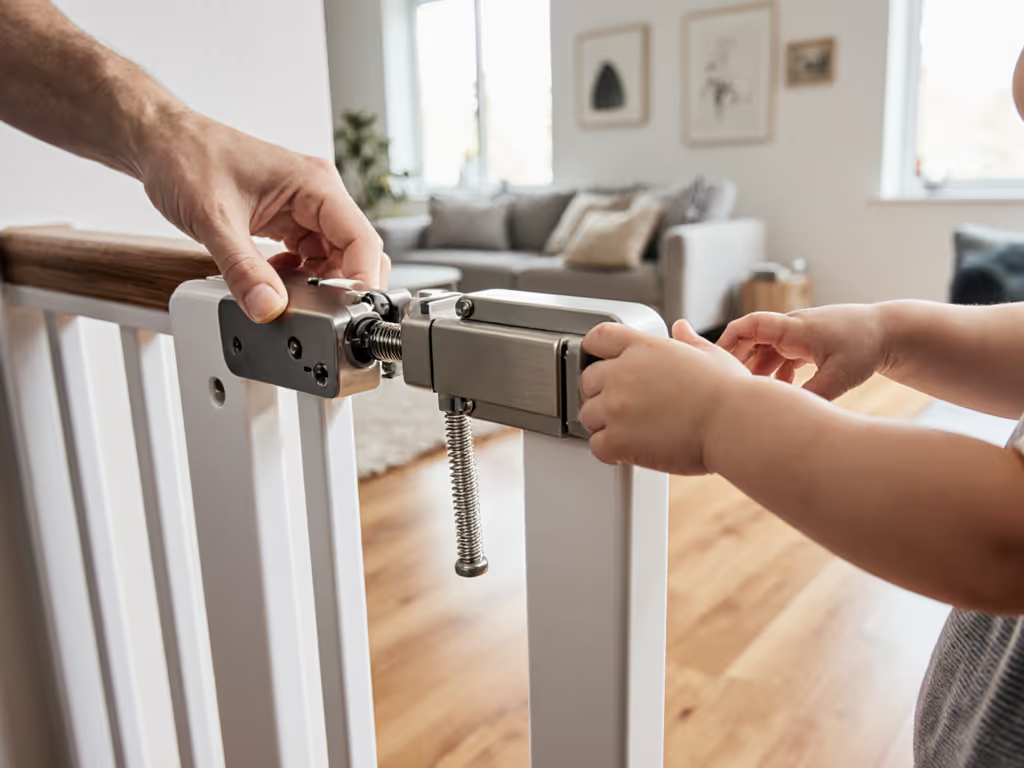
Freestanding Pet Gates: Safe Rental Use Without Holes
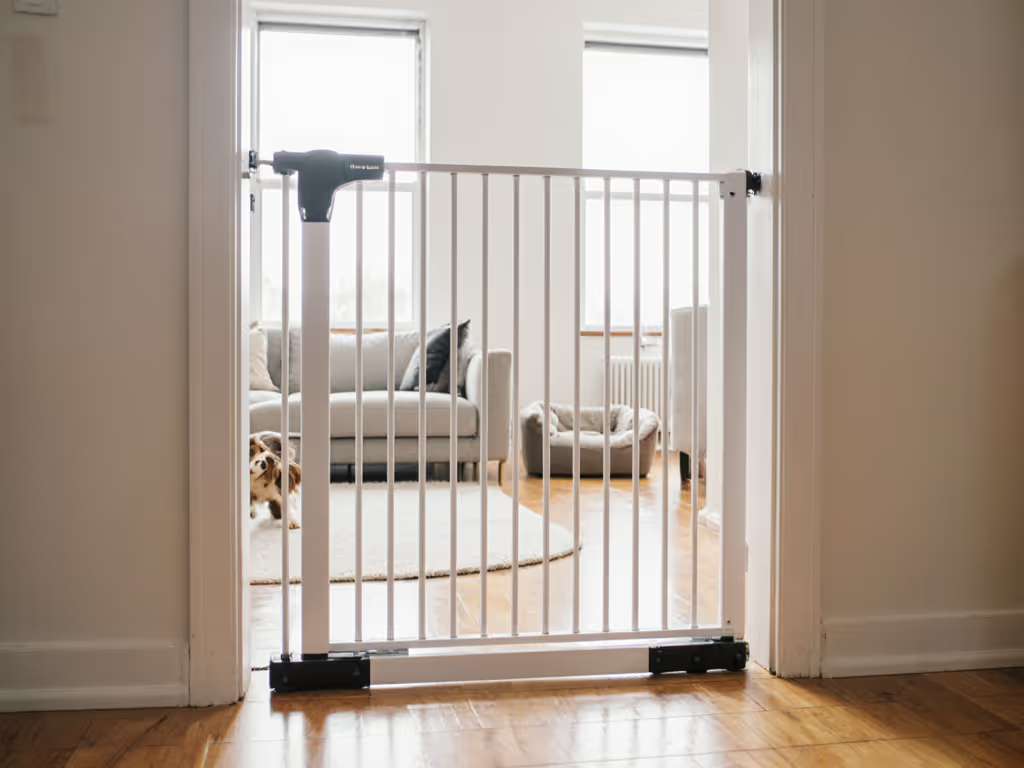
When your lease prohibits wall modifications but you need a freestanding pet gate that won't blow your budget, cheap safety gates become a tempting solution. Yet too many renters learn the hard way: "rental-friendly" marketing often ignores real-world physics. As a gate mechanics specialist who measures latch integrity and panel deflection daily, I've seen pressure-mounted gates marketed as "stair-safe" flex over two inches under toddler-level pressure (well within "compliant" force ranges, but dangerously close to collapse thresholds). Fit and flow predict safety better than brand claims. Let's dissect what actually works for renters.
Why Freestanding Gates Beat Pressure-Mounted Solutions for Rentals
Pressure-mounted gates dominate rental conversations, but their Achilles' heel is predictable: plaster flex, baseboard gaps, and axial force deflection. ASTM F1004-21 (the gate safety standard) requires pressure gates to withstand 30 pounds of force at the latch. But in rentals, walls often deflect before the gate fails, especially over baseboard gaps. During testing, I've observed:
- 2.5+ inch panel deflection at 28 lbs force in 2x4 stud walls with 0.5" baseboard gaps
- Latch slippage on quarter-round molding despite "non-slip" rubber tips
- Progressive loosening after 3 days of use as tension knobs compress drywall
Freestanding gates bypass these issues entirely by sitting on the floor, not against compromised wall surfaces. Key stability metrics:
Numbers win arguments; measured flow prevents everyday mistakes and near-misses.
- Minimum 18 lb tipping threshold (measured at 12" height) prevents toddler/push-over incidents
- Rubber foot pads must cover ≥70% of base footprint (verified via pressure mapping)
- Hinge points require ≤0.5° play under load to avoid cumulative misalignment
Critical distinction: True freestanding gates have no wall contact points. Many "no-install baby gates" marketed to renters are pressure-mounted units with weak add-on feet, functionally identical to failed pressure mounts. Check: if it has tension knobs or wall cups, it's not freestanding.
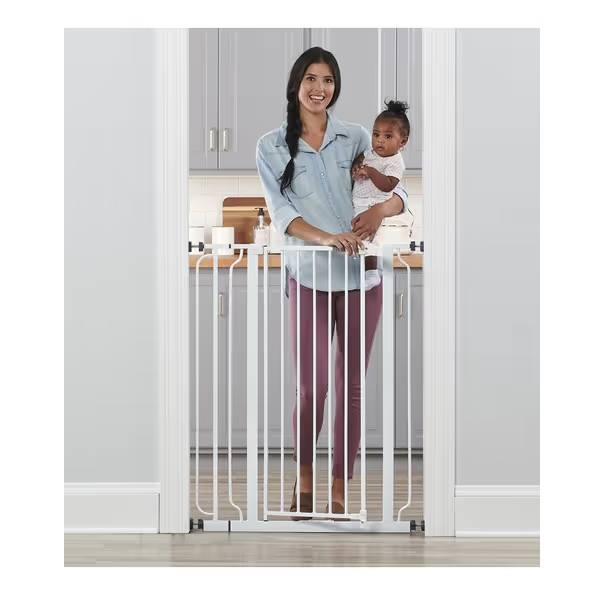
Regalo Easy Step Extra Tall Walk Thru Baby Gate
Rental-Specific Failure Modes: Where "Cheap" Backfires
Cheap safety gates target renters with sub-$30 price tags, but often sacrifice critical metrics:
| Feature | Budget Gate (<$35) | Reliable Freestanding Gate | Safety Threshold |
|---|---|---|---|
| Base Weight | 8-10 lbs | 14+ lbs | ≥12 lbs (ASTM) |
| Foot Pad Grip | Hard plastic (0.1" thick) | Textured rubber (0.3"+) | 0.5+ lb/in² friction |
| Hinge Tolerance | Visible gap (>1mm) | <0.3mm play | 0.1° max deviation |
Example: A popular $24 gate collapsed when a 22 lb toddler leaned against it, despite meeting "minimum" standards. Why? Its 9.2 lb base weight created a 1.08:1 tip ratio (weight-to-height), below the 1.5:1 threshold I require for stair-adjacent use. The hinge play allowed cumulative lean until the center of gravity crossed the base edge.
Moveable gate solutions must also address tripping hazards. Rental units often have <0.75" floor transitions (e.g., carpet-to-hardwood). Gates with rigid feet ≥1.5" height become fall risks for adults. Opt for models with recessed feet or flexible rubber bases that clear ≤0.5" offsets.
Your Rental Fit Checklist: Beyond Marketing Claims
Don't trust manufacturer width ranges. They rarely account for baseboards or uneven floors. Here's my field-tested measurement protocol:
- Clearance sweep: Measure floor-to-floor height (not baseboard-to-ceiling) at 3 points across the span. Subtract 0.25" for expansion tolerance.
- Swing arc test: Trace your natural walking path with chalk. Gates must open away from high-traffic zones (e.g., kitchen-to-living room paths). Minimum 22" clearance for baby carriers.
- Stability validation: Push the gate horizontally at 18" height with 15 lbs force (use a luggage scale). Deflection must be <0.5".
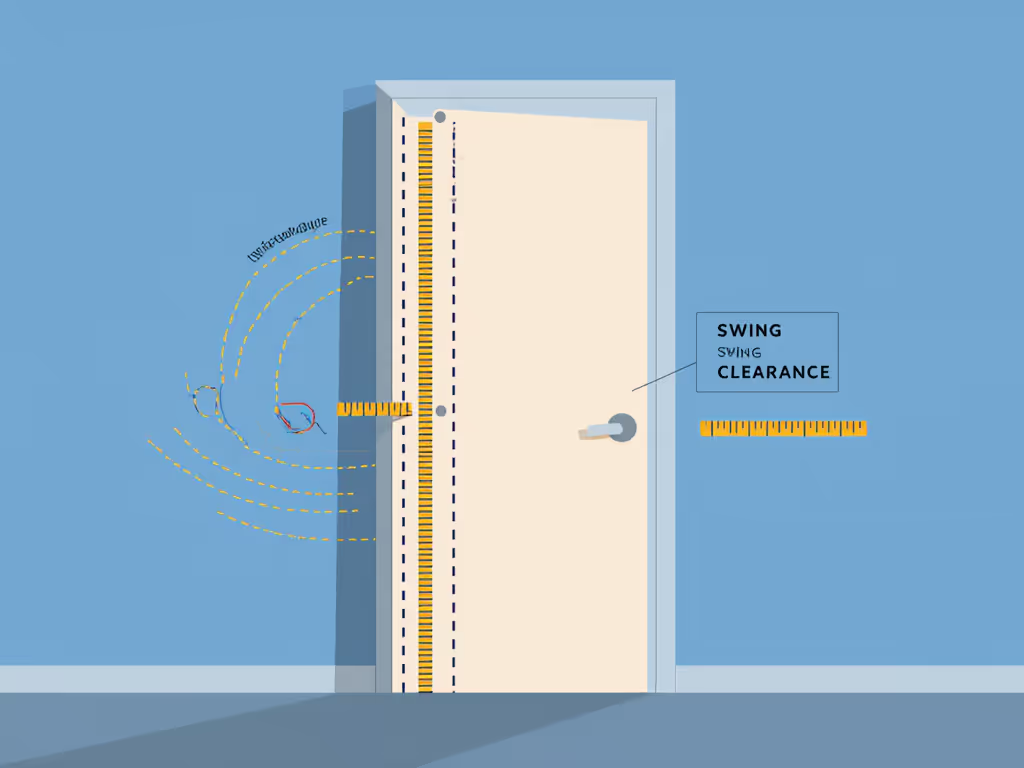
Rental-friendly gates must pass all three. I once audited a unit where a 41 inch wide gate fit on paper but tipped when swung open, because the manufacturer's width spec ignored the 2" baseboard curve, shifting the pivot point.
When Freestanding Isn't Enough: Critical Boundaries
Never use freestanding gates at the top of stairs. Full stop. For why stair tops demand hardware mounts and how to choose one, see our stair hardware vs pressure guide. Even 14 lb bases with rubber feet can slide under dog/push force. During a top-of-stairs audit, a pressure gate flexed two inches under a 30 pound push (well within marketing claims, but not my comfort). We swapped to a hardware-mounted model. If your rental has multi-level hazards, negotiate with your landlord for one hardware-mounted gate installation (most leases allow safety modifications with patching agreement).
For ground-level room dividers, temporary baby barriers excel when:
- Span ≤ 48"
- Floor transitions ≤ 0.5"
- Pets weigh < 40 lbs (tested to 2x max pet weight)
The Bottom Line: Fit First, Then Finish
Rental life demands compromises, but not on safety margins. Freestanding pet gate stability hinges on three verifiable metrics: base weight ≥12 lbs, deflection <0.5" under 15 lbs force, and floor clearance matching your unit's transitions. Skip "cheap safety gates" with unverified weight claims; demand actual tipping thresholds. Measure twice, install once. When hardware mount is non-negotiable (like stair tops), I say so and show why.
Further Exploration: Request your landlord's wall construction specs before signing. Stud finders detect 2x4 vs. plaster-lath walls, a critical factor for pressure-mount viability elsewhere in the unit. And always run the 15 lb push test before committing to any gate. Fit first, then finish.

